Choosing a Camera for Beginners: A First-Time Buyer’s Guide
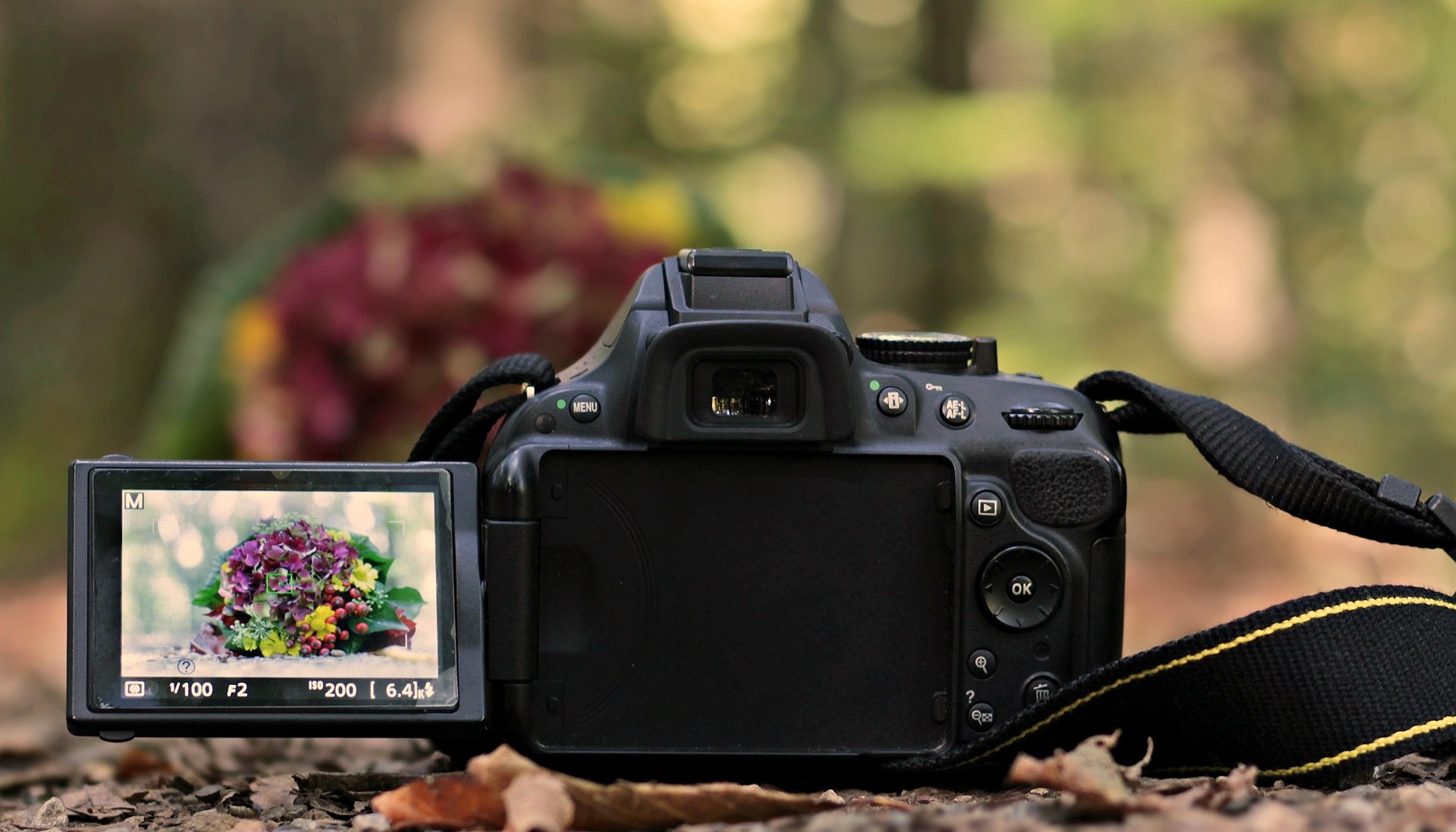
Are you looking to buy your first camera but feeling overwhelmed by all the options? In this article, I help you choose a camera that’s right for beginners. You’ll learn what to focus on, what to ignore, and how not to get lost in the sea of acronyms and technical jargon. Whether you want to shoot family snapshots, wildlife, or artistic portraits, I’ll help you find the right beginner camera that fits your needs.
Before you dive into megapixels and abbreviations like APS-C, ask yourself a simple question: What do you want to shoot? Family photos? Mountain hikes? Creative portraits?
It doesn’t matter if you’re a future wildlife ninja or just want something better for your next vacation. A camera makes sense when you feel like your phone starts to fall short. When you want more control over your photos or better results in low light. Or simply when you want to improve your photography skills.
Basic camera types
Every camera is different. Some can fit in your pocket, while others take up half your backpack. What matters is knowing what to expect.
Compact cameras are perfect travel companions or slip easily into a jacket pocket. Anyone can use them. Just point, shoot, and you’re done. This category also includes rugged models that can survive snow, water, or being dropped. Prices range from $100 all the way up to high-end models that cost as much as a used car. Compact cameras have a built-in lens that can’t be swapped out. If you want as little hassle as possible and know what you’ll be shooting, they can be good for starting out.
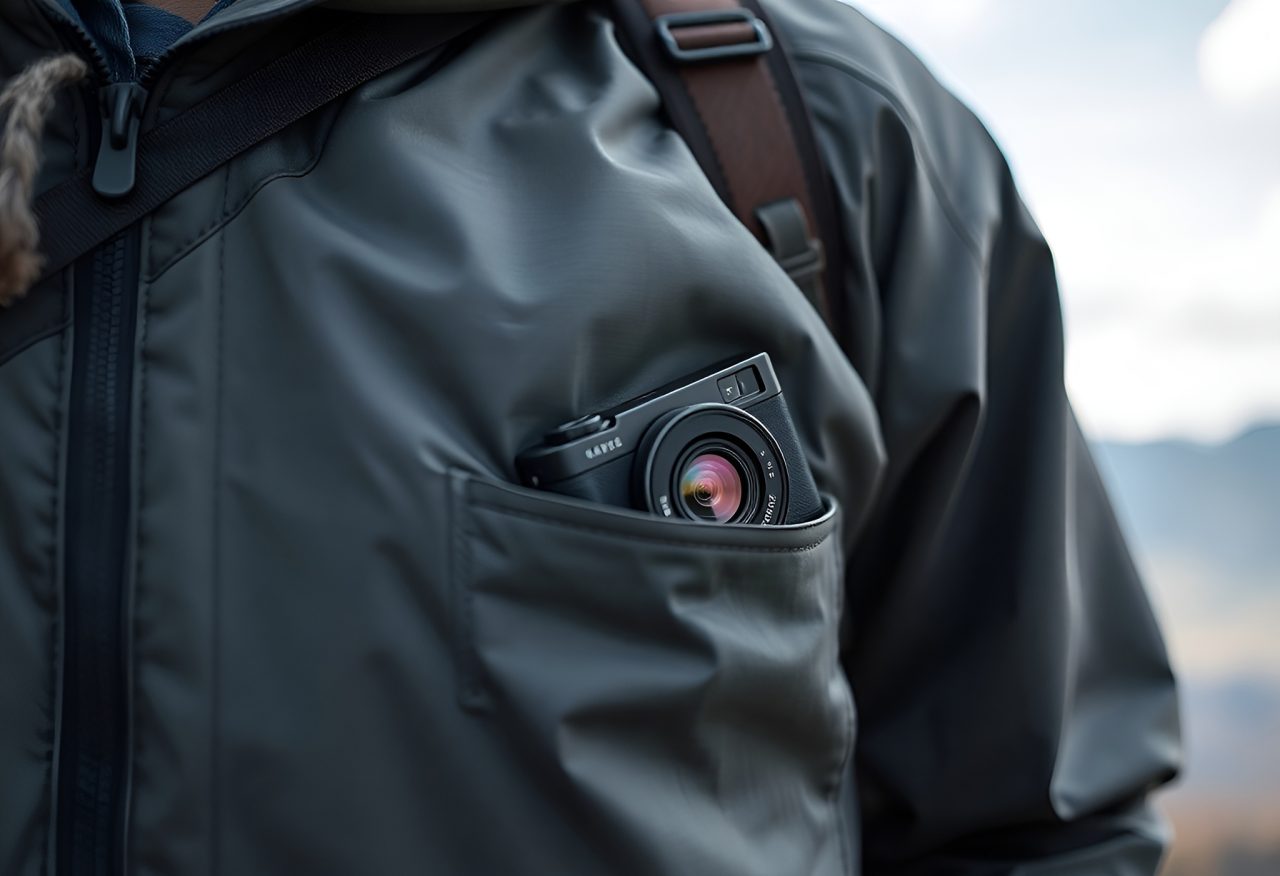
Mirrorless cameras are a logical choice today, especially since DSLR development has more or less stopped. This includes everything from basic models for beginners to high-end professional devices. They offer excellent image quality, interchangeable lenses, and most importantly, modern autofocus that’s fast, precise, and capable of tracking eyes, faces, or even animals. They’re suitable for anyone who’s ready to take photography more seriously.
As already mentioned, DSLRs are gradually stepping back. But there are still plenty of solid second-hand DSLRs that can serve you well. Some photographers prefer how they feel in the hand and others may prefer an optical viewfinder, though electronic viewfinders now show you exactly how your photo will look. If you don’t mind using an older, but still high-quality camera, a DSLR can be a great stepping stone.
Instant and analog cameras. This is a whole different category. It’s not about sharpness or perfect exposure. It’s about the joy, spontaneity, and magic of holding a physical photo in your hand.
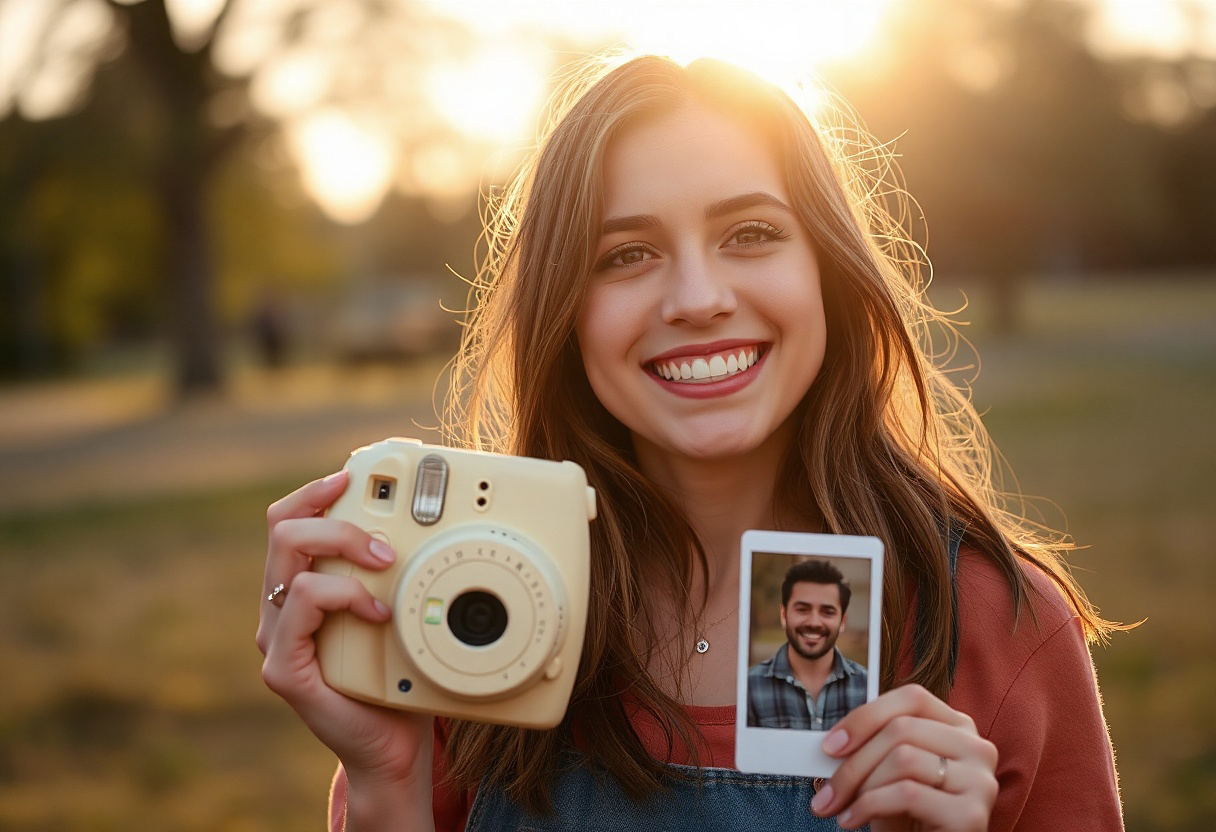
What’s important (and what only sounds complicated)
Camera specs can often read like encrypted messages. 1” sensor, 24MP, EVF, AF-C, RAW, ISO 102400… it’s enough to make you reach for a decoder ring. But most of those acronyms sound more intimidating than they really are. Here’s what really matters.
The sensor is the heart of the camera. A simple rule of thumb is the bigger the sensor, the better the image quality, especially in low light. Don’t worry about megapixels unless you’re printing billboard-sized photos. Sensor size is more important. A large sensor gives you better quality and dynamic range. A common size is what’s known as full frame with the sensor size equal to 35mm film, typically found in more expensive models. However, smaller formats like APS-C or Micro Four Thirds are perfectly fine for everyday use.
Controls and menus are hard to judge from product photos. Try holding the camera in your hand. Does it fit comfortably? Are the buttons too small? Is the menu easy to navigate? A camera that frustrates you will eventually be left at home.
Viewfinder or display? When you’re outdoors and sunlight washes out your screen, you’ll appreciate having a viewfinder. Electronic viewfinders (on mirrorless cameras) show you a preview of what the photo will look like, which is helpful when you’re still learning the settings. But some people prefer composing shots directly on the screen. It depends on what you’re used to.
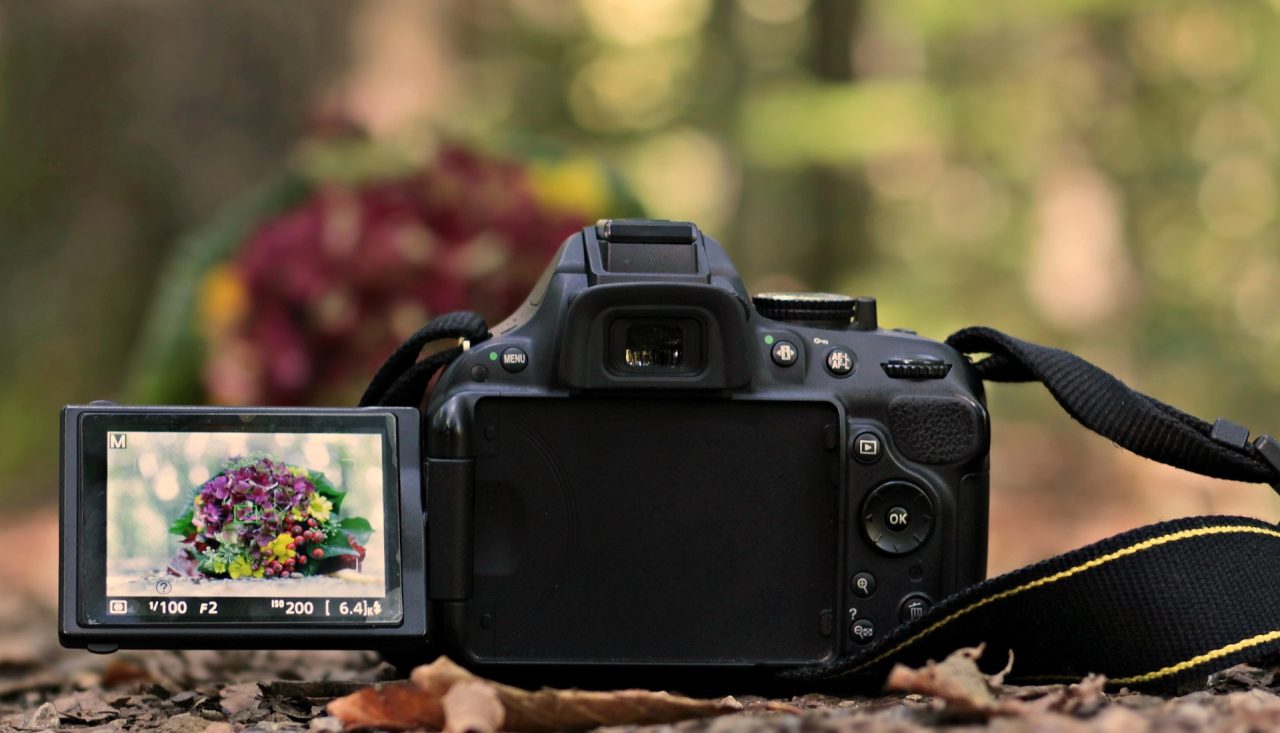
Interchangeable lenses give you more options. You can shoot portraits or birds in flight. Lenses are another investment to keep in mind when choosing your camera body. Starting with a zoom lens is often a smart move and then decide later based on your shooting style.
Auto-focus speed is key for photographing children, animals, or anything that moves. Look for features like subject tracking and face or eye detection. Sometimes a simple switch with different shooting modes like “sport” or “portrait” can help.
Wi-Fi, Bluetooth, and mobile transfer are very convenient if you like sharing photos instantly. On some models, it works seamlessly. On others, it can be a pain. If this is important to you, test in the store or ask before buying to avoid any surprises later.
One last tip: Turn the camera on at the store. Notice how long it takes for it to be ready to shoot, how fast it focuses, and how it fits in your hand. The camera specifications say a lot, but the feel of the camera says even more.

New or second-hand?
Cameras don’t age as quickly as mobile phones do. A great model from a few years ago can still take great photos today. Buying second-hand makes sense for virtually any camera gear, including the latest models. You can often get high-quality cameras at a fraction of the price. And if it turns out not to work for you, you can resell it for a decent return.
Before buying, it’s a good idea to take a few test shots and view them on a larger screen, ideally against a neutral (black or white) background. Keep an eye out for stuck or dead pixels. Inspect the sensor for scratches. For lenses, check for scratches on the glass.
A second-hand camera can be a great entry point if you know what to look for when purchasing. If you’re shopping online, choose reputable dealers or second-hand stores that offer a return policy.
The camera is just the beginning
Congratulations! You have your first camera. Now comes the fun part—figuring out what you need and what can wait.
Let’s start with the lens. If your camera has interchangeable lenses, you probably got a universal “kit lens,” with it. This is usually a basic zoom lens that’s enough for general photography. Over time, you’ll find out if you’re more drawn to portraits, macro, or landscapes. Depending on that, you can invest in higher-quality lenses, with various trade-offs. But there’s no rush.
A tripod is useful if you’re interested in night photography, self-portraits, or even blurred waterfall shots. But you don’t need it for everyday photography. Similarly, you’ll need a camera bag. You don’t need to buy a professional camera backpack right away. A padded insert in your regular bag can work just as well.

Something you definitely need right away is a memory card (at least 32–64GB) and ideally, a spare battery. Based on experience, it’s best to get a brand-name battery that matches your camera.
And what about editing? Basic photo editing helps bring out the best in your photos. Our pick is Zoner Studio, which is clear, easy-to-use, and beginner-friendly. You can find plenty of tutorials right here on Learn Photography.
Best camera in the world?
Finally, remember you don’t need the world’s best camera. You need a camera that makes photography fun. Choose your camera based on what you want to shoot and don’t be afraid to experiment. The best way to learn is by diving right in!
FAQs
Which camera is best for beginners? Compacts, entry-level mirrorless, or DSLRs are all good options. They’re easy to use, compact, and can take nice photos without complicated setup.
Mirrorless or DSLR? Nowadays, mirrorless cameras are generally the better option. They’re modern, compact, and focus quickly. That said, a second-hand DSLR can still serve you well.
How many megapixels do I need? For normal photography, 16–24 megapixels is enough. Sensor size matters more than the number of megapixels.
What should I check when buying a second-hand camera? Inspect the condition of the sensor, display, and lens. Take a few test shots and always buy from a reputable seller.
What do I need besides the camera? You need a memory card (at least 32GB), spare battery, maybe a camera bag or tripod depending on what you’re shooting.
When does it make sense to purchase a camera instead of using a mobile phone? When you want better photos in lower light, greater control over your photos, or you’re starting to enjoy photography and want to grow.
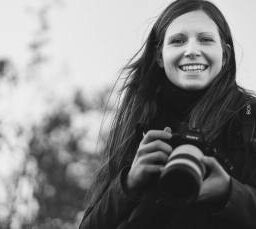
There are no comments yet.